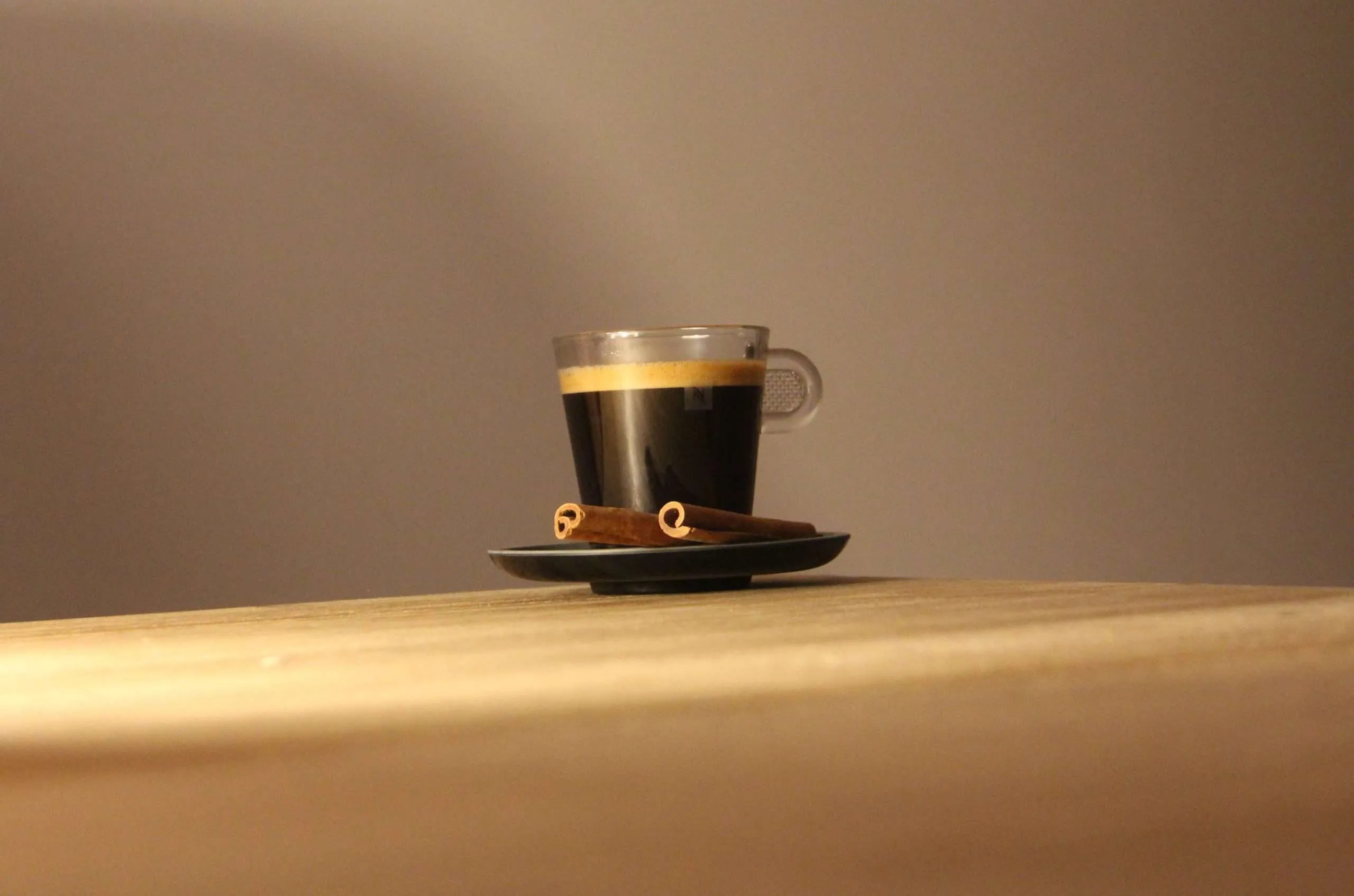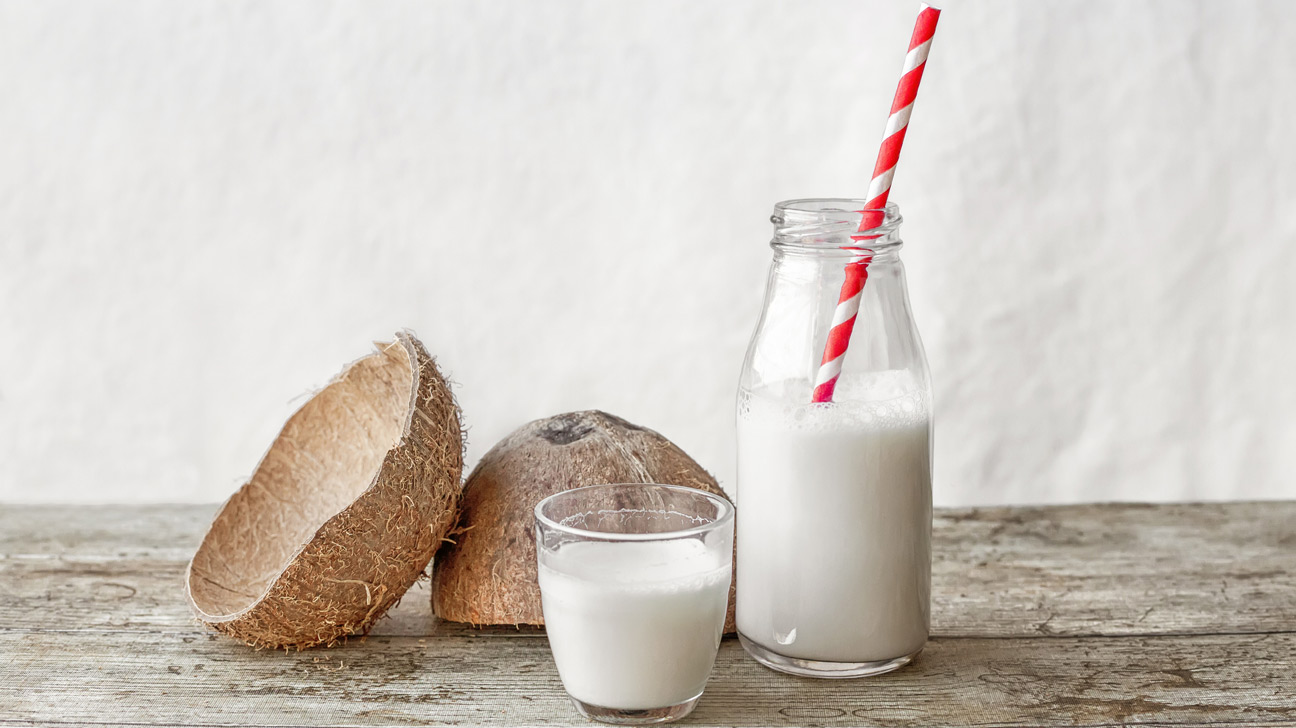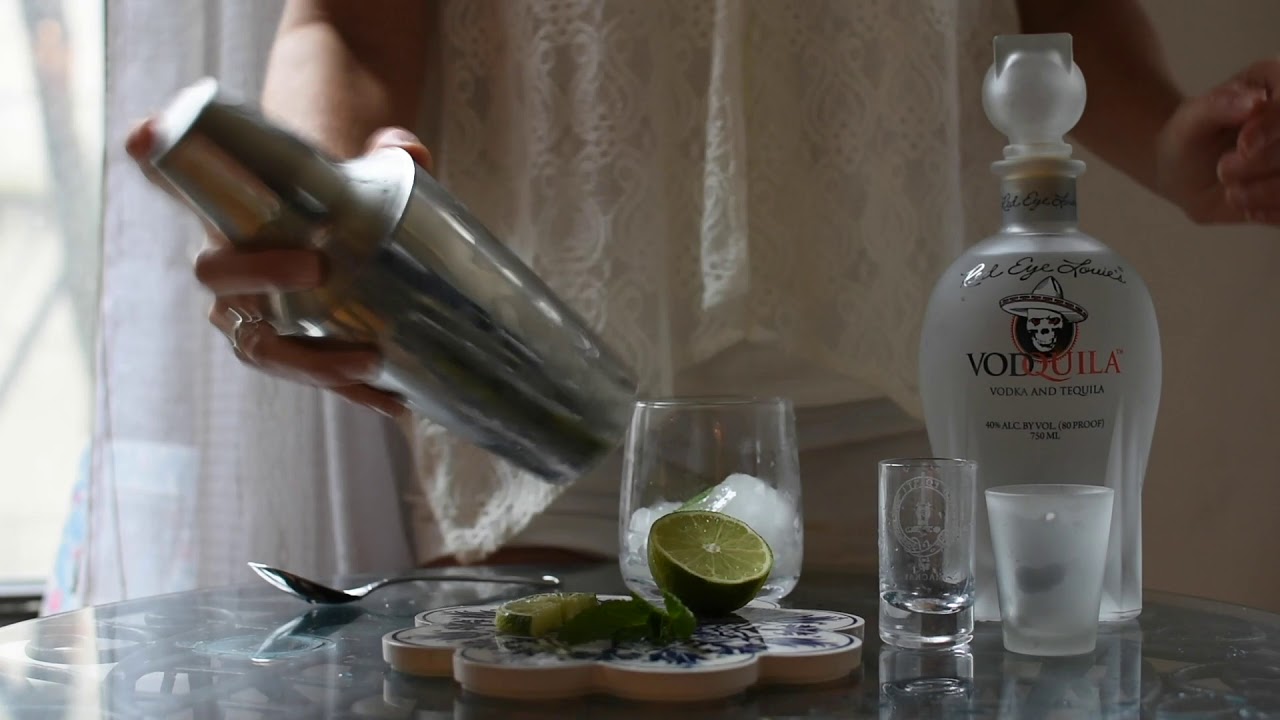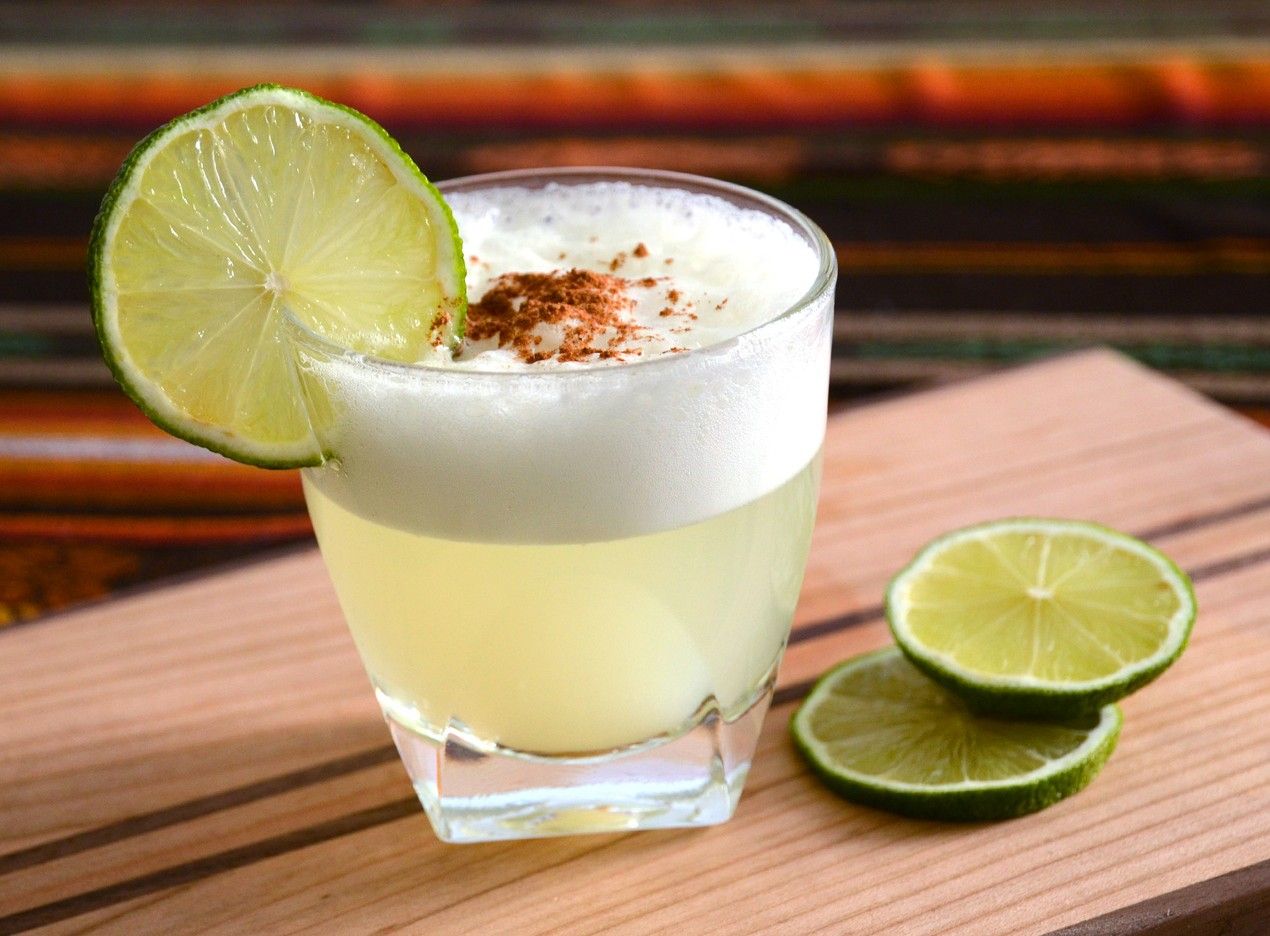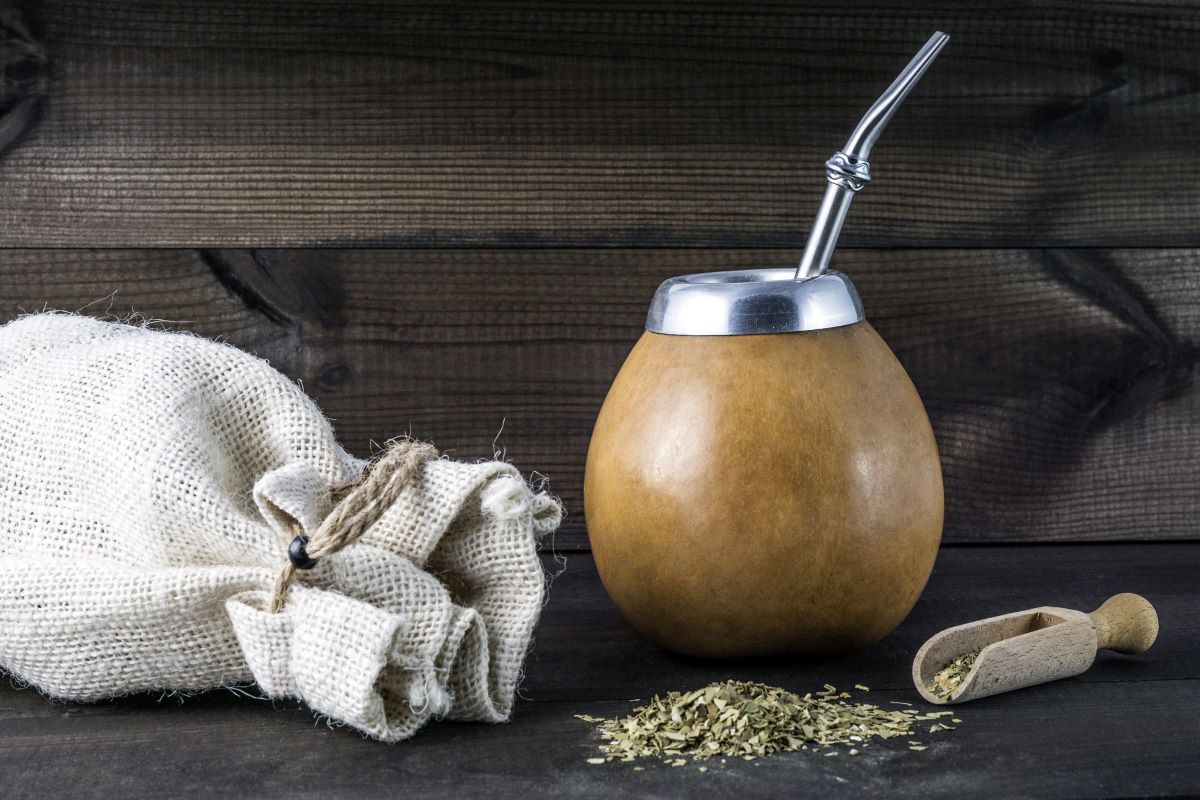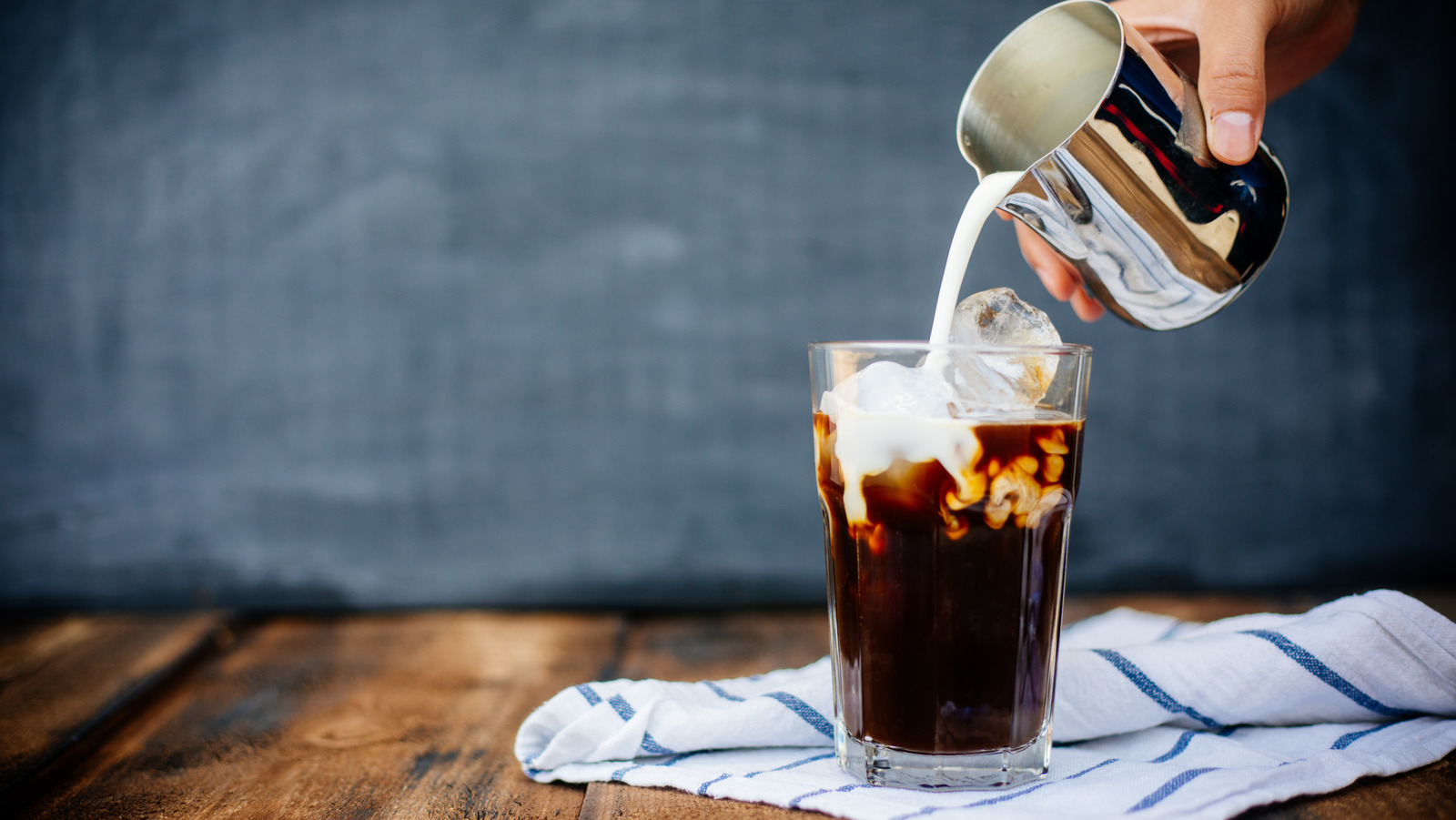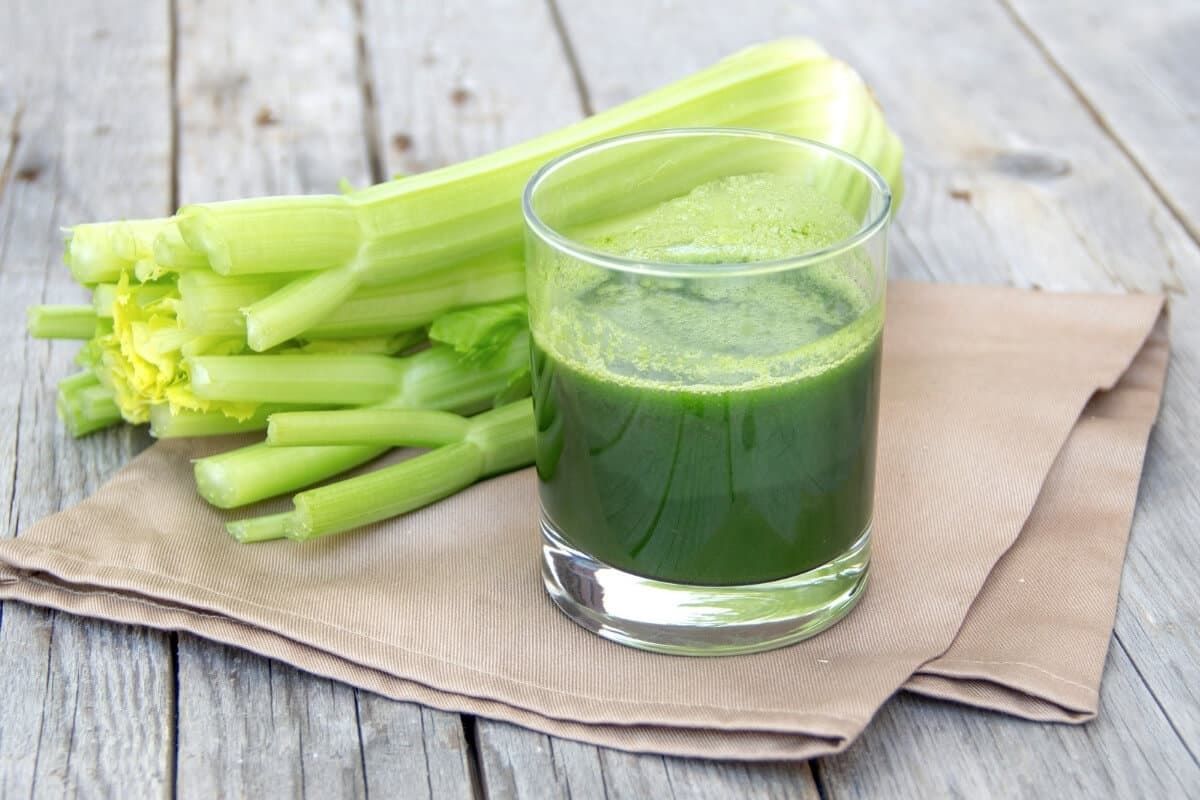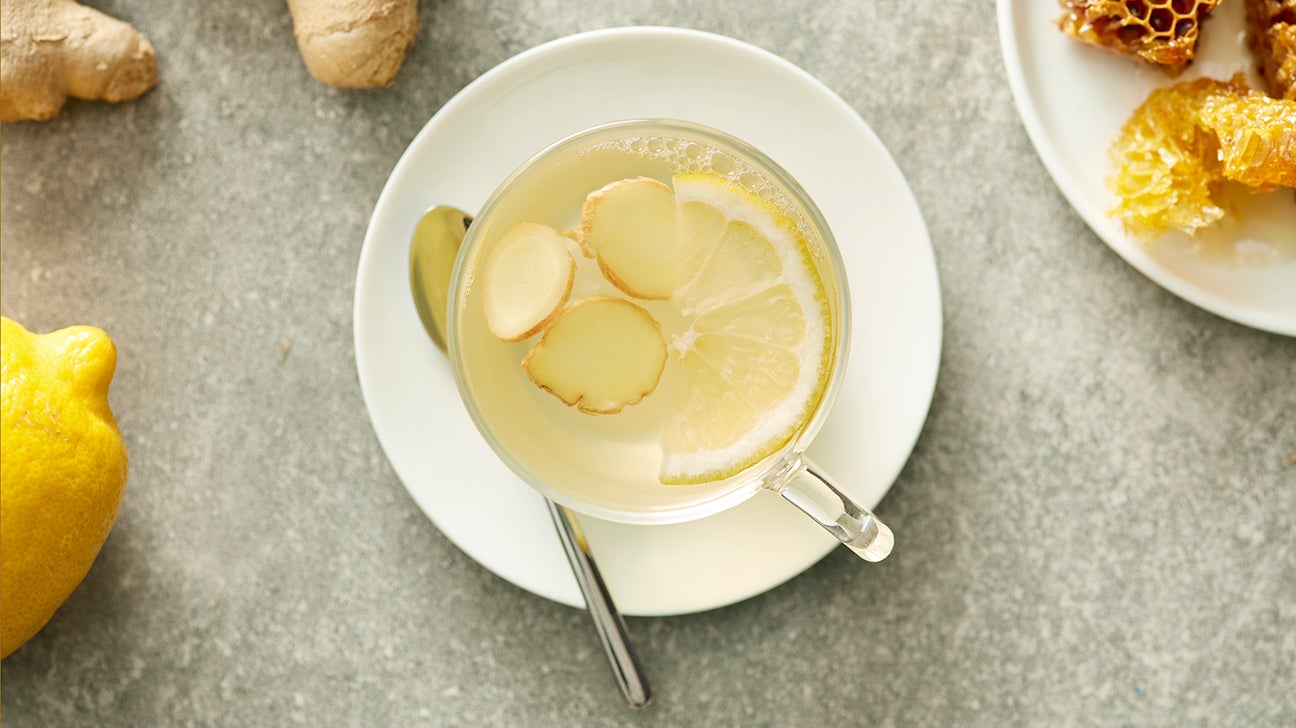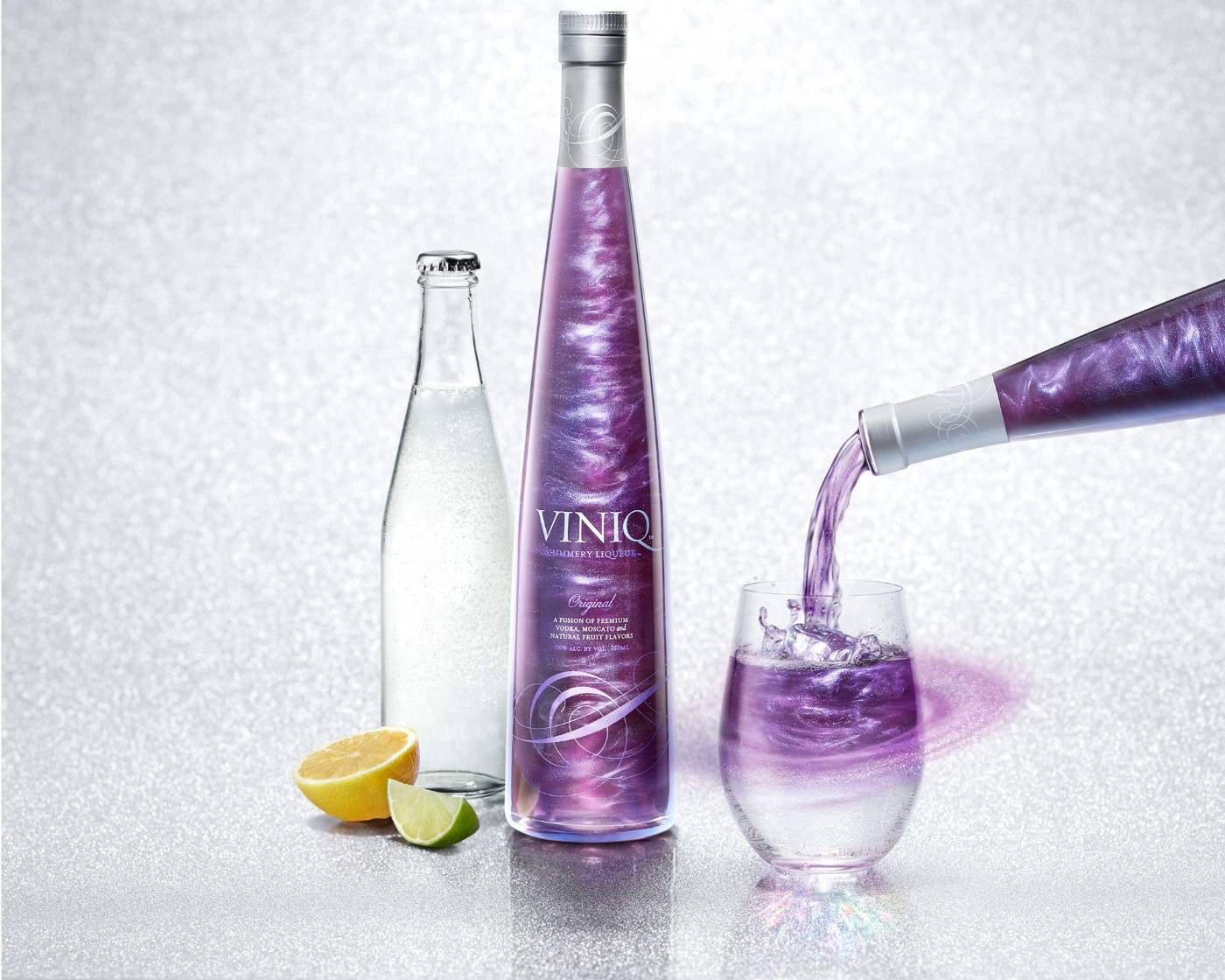Discover the Art of Enjoying Loose Leaf Japanese Green Tea
Japanese green tea is not just a beverage; it’s a cultural experience that has been cherished for centuries. When it comes to loose leaf Japanese green tea, there’s a certain finesse to preparing and enjoying it. Whether you’re a tea enthusiast or just starting to explore the world of green tea, here’s a guide on how to drink loose leaf Japanese green tea to savor its flavors and reap its health benefits.
Choosing the Right Loose Leaf Japanese Green Tea
Before you can enjoy a cup of Japanese green tea, you need to select the right variety. There are several types of Japanese green tea, including sencha, matcha, gyokuro, and bancha. Each type has its own unique flavor profile and brewing requirements. For a traditional experience, consider trying sencha, which is the most popular type of Japanese green tea.
Preparing the Tea Leaves
When it comes to loose leaf Japanese green tea, the preparation process is crucial to unlocking the tea’s full potential. Start by measuring the appropriate amount of tea leaves based on your preference and the type of tea. For a standard cup of sencha, use about 1 teaspoon of tea leaves.
Next, heat the water to the ideal temperature for the specific type of green tea you’re using. For sencha, the water should be around 175°F (80°C). Once the water reaches the right temperature, pour it over the tea leaves and let them steep for 1-2 minutes. Be mindful of the steeping time, as over-steeping can result in a bitter taste.
Savoring the Flavor
Once the tea has steeped, it’s time to savor the flavor of the Japanese green tea. Pour the tea into a teacup and take a moment to appreciate its aroma. Japanese green tea is known for its fresh, grassy scent and vibrant green color.
When it comes to drinking Japanese green tea, it’s customary to enjoy it without any added sweeteners or milk. This allows you to fully experience the natural flavors of the tea. Take small sips and let the tea linger on your palate, noticing the subtle umami and vegetal notes that are characteristic of Japanese green tea.
Pairing with Japanese Sweets
In Japanese culture, green tea is often enjoyed with traditional sweets such as wagashi. These confections are delicately crafted to complement the flavors of the tea. Consider pairing your cup of Japanese green tea with a sweet treat to enhance the overall experience.
Embracing the Ritual
Drinking loose leaf Japanese green tea is not just about consuming a beverage; it’s about embracing a ritual that has been passed down through generations. Take the time to appreciate the artistry and mindfulness that goes into preparing and enjoying Japanese green tea.
By following these steps, you can elevate your tea-drinking experience and gain a deeper understanding of the rich cultural heritage behind Japanese green tea. So, the next time you brew a cup of loose leaf Japanese green tea, take a moment to savor the flavors and immerse yourself in the time-honored tradition of Japanese tea culture.
Was this page helpful?
Read Next: How To Drink Maca Powder


